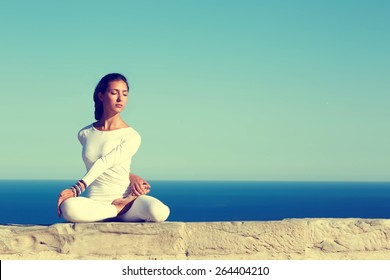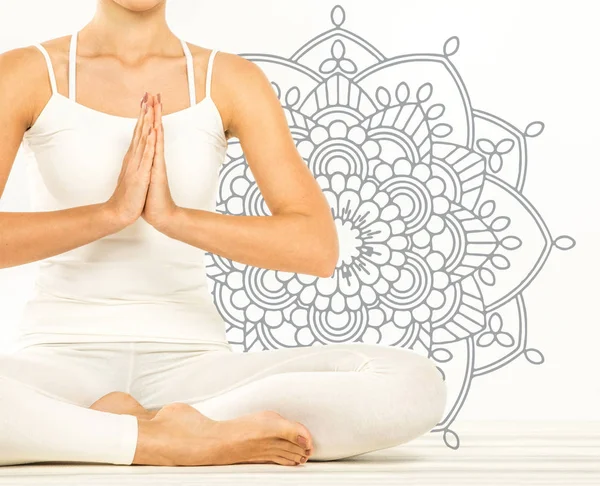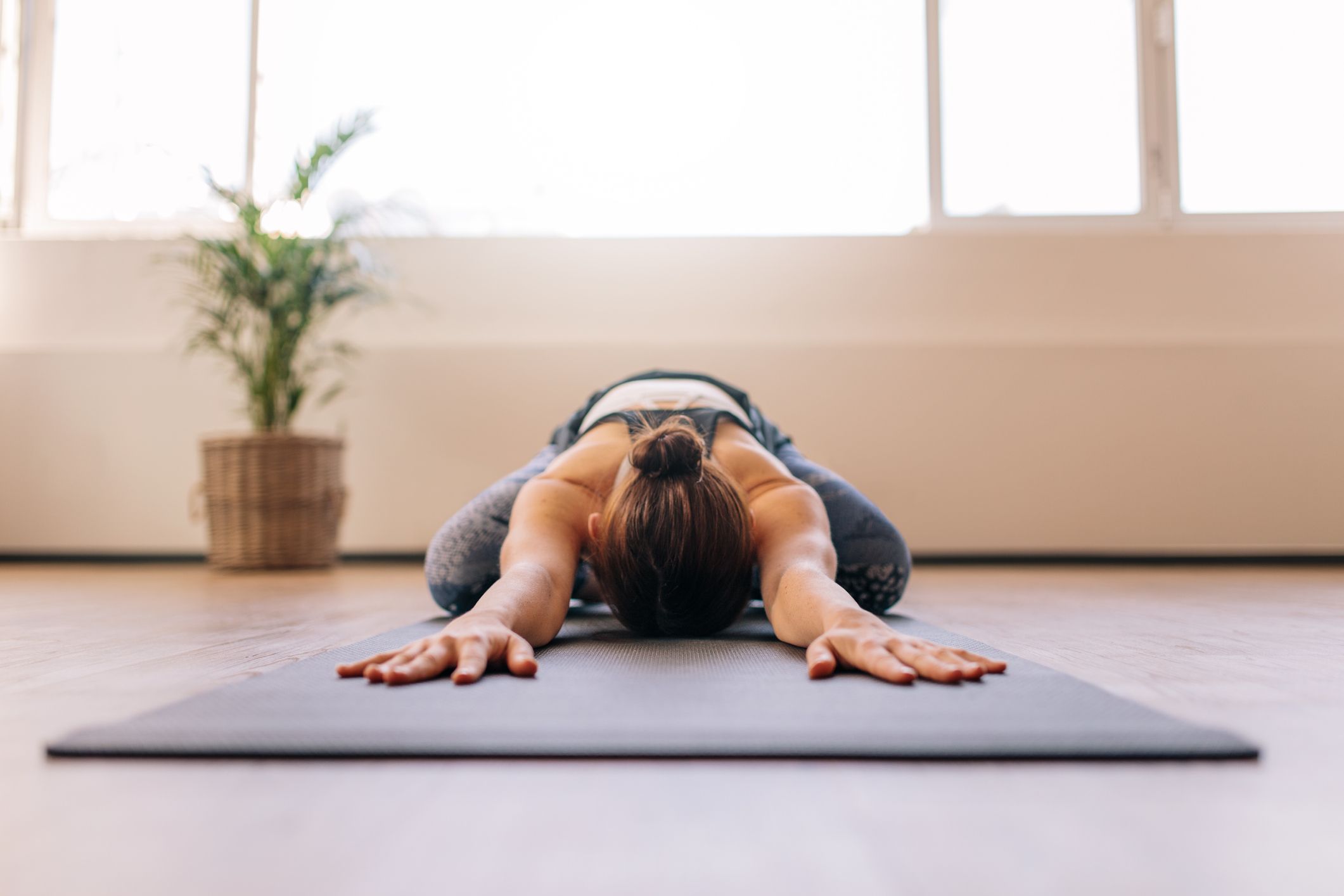Yoga- what is yoga? | benefits of yoga | yoga history | yoga for beginners | yoga posts | types of yoga.
Physical benefits
“The relaxation techniques incorporated in yoga can lessen chronic pain, such as lower back pain, arthritis, headaches and carpal tunnel syndrome. “Yoga can also lower blood pressure and reduce insomnia.
Other physical benefits of yoga include:
- {1} increased flexibility
- {2} increased muscle strength and tone
- {3} improved respiration, energy and vitality
- {4} maintaining a balanced metabolism
- {5} weight reduction
- {6} cardio and circulatory health
- {7} improved athletic performance
- {8} protection from injury
Mental benefits
Aside from the physical benefits, one of the best benefits of yoga is how it helps a person manage stress, which is known to have devastating effects on the body and mind. “Stress can reveal itself in many ways, including back or neck pain, sleeping problems, headaches, drug abuse, and an inability to concentrate, “Yoga can be very effective in developing coping skills and reaching a more positive outlook on life.”
Yoga’s incorporation of meditation and breathing can help improve a person’s mental well-being. “Regular yoga practice creates mental clarity and calmness; increases body awareness; relieves chronic stress patterns; relaxes the mind; centers attention; and sharpens concentration. Body- and self-awareness are particularly beneficial, “because they can help with early detection of physical problems and allow for early preventive action.”
TYPES OF YOGA:
Vinyasa means "to place in a special way" and, in this case, yoga postures. Vinyasa is the most athletic yoga style. Vinyasa was adapted from ashtanga yoga in the 1980s. Many types of yoga can also be considered vinyasa flows such as ashtanga, power yoga, and prana.
HOW TO DONE:
In vinyasa classes, the movement is coordinated with your breath and movement to flow from one pose to another. Vinyasa styles can vary depending on the teacher, and there can be many types of poses in different sequences. I personally teach an alignment-based style of vinyasa and choreograph new flows every time, but I also like to hold some of the poses a bit longer after warming up. You can find more information on specific vinyasa poses and benefits here.
2. Hatha yoga
The Sanskrit term "hatha" is an umbrella term for all physical postures of yoga. In the West, hatha yoga simply refers to all the other styles of yoga (ashtanga, Iyengar, etc.) that are grounded in a physical practice. However, there are other branches of yoga such as kriya, raja, and karma yoga that are separate from the physical-based yoga practice. The physical-based yoga is the most popular and has numerous styles.

HOW TO DONE:
Hatha yoga classes are best for beginners since they are usually paced slower than other yoga styles. Hatha classes today are a classic approach to breathing and exercises. If you are brand-new to yoga, hatha yoga is a great entry point to the practice.
3. Iyengar yoga
Iyengar yoga was founded by B.K.S. Iyengar and focuses on alignment as well as detailed and precise movements. In an Iyengar class, students perform a variety of postures while controlling the breath.
HOW TO DONE:
Generally, poses are held for a long time while adjusting the minutiae of the pose. Iyengar relies heavily on props to help students perfect their form and go deeper into poses in a safe manner. Although you won't jump around, you will definitely get a workout and feel incredibly open and relaxed after an Iyengar class. This style is really great for people with injuries who need to work slowly and methodically.
4. Kundalini yoga
Kundalini yoga practice is equal parts spiritual and physical. This style is all about releasing the kundalini energy in your body said to be trapped, or coiled, in the lower spine.

How to practice:
These classes really work your core and breathing with fast-moving, invigorating postures and breath exercises. These classes are pretty intense and can involve chanting, mantra, and meditation. To learn more about this specific practice, check out our kundalini yoga explainer.
5. Ashtanga yoga
In Sanskrit, ashtanga is translated as "Eight Limb path." In Mysore, India, people gather to practice this form of yoga together at their own pace—if you see Mysore-led ashtanga, it's expected of you to know the series. Vinyasa yoga stems from ashtanga as the flowing style linking breath to movement.
HOW TO DONE:
Ashtanga yoga involves a very physically demanding sequence of postures, so this style of yoga is definitely not for the beginner. It takes an experienced yogi to really love it. Ashtanga starts with five sun salutation A's and five sun salutation B's and then moves into a series of standing and floor postures.
6. Bikram yoga
Bikram yoga is named after Bikram Choudhury and features a sequence of set poses in a sauna-like room—typically set to 105 degrees and 40% humidity. Choudhury faced sexual assault and harassment lawsuits in the U.S. and fled to Mexico in 2017. Many studios that were formerly Bikram now practice hot yoga, in an effort to disassociate with the founder.
HOW TO DONE:
The sequence includes a series of 26 basic postures, with each one performed twice. Many of these poses are focused on proper alignment. If you're interested in yoga with the heat turned up, look for studios that offer hot yoga classes.
7. Yin yoga
Yin yoga is a slow-paced style of yoga with seated postures that are held for longer periods of time. Yin can also be a meditative yoga practice that helps you find inner peace.

HOW TO DONE:
Yin is a great class for beginners, as postures can be held for from 45 seconds to 2 minutes. The classes are relaxed, as you're supposed to let gravity do most of the work. Check out our crash course on everything you need to know about yin yoga, found here.
8. Restorative yoga
Restorative yoga focuses on winding down after a long day and relaxing your mind. At its core, this style focuses on body relaxation. Restorative yoga also helps to cleanse and free your mind.
HOW TO DONE:
You spend more time in fewer postures throughout the class. Many of the poses are modified to be easier and more relaxing. Like Iyengar, many props are used and are placed just right such as blankets, bolsters, and eye pillows. All of the props are there to help you sink deeper into relaxation.
9. Prenatal yoga
Prenatal yoga is carefully adapted for "moms to be" and is tailored to women in all trimesters. Many have said that prenatal is one of the best types of exercise for expectant moms because of the pelvic floor work, focus on breathing, and bonding with the growing baby; prenatal yoga also helps mothers prepare for labor and delivery. I also practiced my own form of prenatal yoga during both of my pregnancies.
HOW TO DONE:
During this practice, you'll use props in order to modify your poses and ensure stability—in this class, it's way more about stability than flexibility.
10. Anusara yoga
Anusara is a modern-day version of hatha yoga, most similar to vinyasa in that it focuses on alignment, but with more focus on the mind-body-heart connection. It was founded by John Friend who created a unique system called the Universal Principals of Alignment. He resigned in 2012 after accusations of sexual misconduct and financial mismanagement. Friend has since partnered with Desi and Micah Springer to teach the Bowspring method.
HOW TO DONE:
Anusara focuses on spirals and how each body part should be moving, and it's also known for its emphasis on heart opening. Expect to often stop in class and gather around a student as the instructor breaks down a pose.
11. Jivamukti yoga
Jivamukti was founded in 1984 by Sharon Ganon and David Life. Jivamukti is mainly vinyasa-flow-style classes infused with Hindu spiritual teachings. At its core, this style emphasizes connection to Earth as a living being, so most Jivamukti devotees follow their vegetarian philosophy.

HOW TO DONE